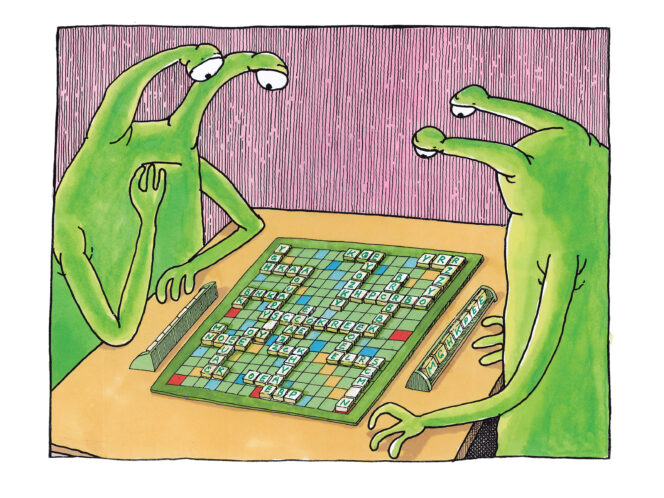
We have already seen it all. The internet, social media, and politicians’ efforts to control them both. But this was half a century ago.
“Who was the first president of the United States? 1) Abraham Lincoln, 2) George Washington, 3) Franklin Roosevelt. This may be flashed before a grade-school student one day on an electronic display panel […] The panel, composed of thousands of tiny lights sandwiched between glass sheets, operates when each light glows independently to form letters, numbers and patterns, like the bulbs of a billboard.” This was how Walter Tomaszewski opened his column in The New York Times on April 6, 1969. Further on, he wrote about the PLATO computer system (Programmed Logic for Automatic Teaching Operations). Thanks to PLATO, such panels as the one described above could be connected to a central computer collecting the answers submitted by students.
Back then, the world was a different place. In the spring of 1969, Bill Gates and Steve Jobs were both fourteen years old, Apollo 11 was still preparing for the launch, and Władysław Gomułka was yet to receive the Jubilee Medal “In Commemoration of the 100th Anniversary of the Birth of Vladimir Ilyich Lenin”. Scientists from the University of Illinois had created an invention that was way ahead of its time,








